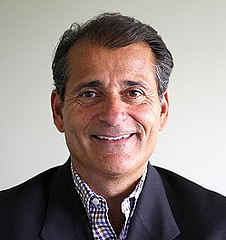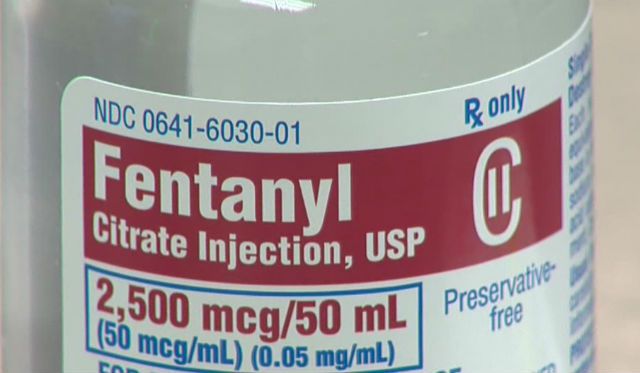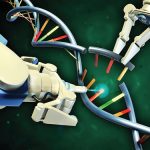Smoking Statistics: Northeast USA
Cigarette smoking is still the leading cause of preventable death in the United States, according to the Centers for Disease Control and Prevention (CDC), claiming more than 480,000 lives each year. Despite decades of anti-smoking campaigns, which have been largely successful at reducing the number of cigarette smoking and death rates associated with the habit,  about 36.5 million Americans still smoke. About 1 in 5 deaths in the U.S. are associated with smoking. Smoking remains high in certain segments of the population and in certain areas of the country. Many states are trying to reduce their number of smokers by raising tax on cigarettes, and investing in tobacco cessation programs and tobacco prevention programs.
about 36.5 million Americans still smoke. About 1 in 5 deaths in the U.S. are associated with smoking. Smoking remains high in certain segments of the population and in certain areas of the country. Many states are trying to reduce their number of smokers by raising tax on cigarettes, and investing in tobacco cessation programs and tobacco prevention programs.
Young adults, males, people with low education levels and those living below poverty level, lesbians, gays and bisexuals, the disabled and individuals of certain races or ethnicities are more likely to smoke. About 13 percent of people aged 18 to 24 smokes and 17.7 percent of people aged 25 to 44 smoke.
Smoking Rates by Geography
The percentage of smokers has declined in the U.S. from 20.9 percent in 2005 to 15.1 percent in 2015. Current cigarette smoking was highest in the Midwest at 18.7 percent and lowest in the West at 12.4 percent. About 13.5 percent of people living in the Northeast smoke cigarettes.
A fact sheet released November 2017 by Campaign for Tobacco-Free Kids presents state-specific tobacco-related data in very different ways. It ranks states according to adult smoking rates, adult smoking ranks, pregnant smoking ranks and annual smoking deaths. The report also looks at youth smoking rates, the number of kids alive who will become smokers, and the number of children alive who will eventually die from smoking in each state. Finally, the chart lists the health costs associated with smoking, per pack tax rates and ranks, state financing for tobacco cessation programs, and tobacco prevention spending.
alive who will become smokers, and the number of children alive who will eventually die from smoking in each state. Finally, the chart lists the health costs associated with smoking, per pack tax rates and ranks, state financing for tobacco cessation programs, and tobacco prevention spending.
Kentucky has the highest adult smoking rate in the country at 25.9 percent, and the state has a relatively high percentage of pregnant smokers and youth smokers. This high smoking rate may be the result of the state’s relatively low per-pack price of $4.86. Utah has the lowest adult smoking rate at 9.1; retail price for a pack of cigarettes here is $6.43.
There is relatively low tobacco use in the Northeast; much of the low tobacco use there has to do with the relatively high per-pack price and hefty tax rates on cigarettes. At 13.5 percent, Connecticut and New Jersey are tied as the third lowest adult smoking rates in the country. Connecticut has the second highest cigarette tax rate in the nation – $3.90 per pack. New Jersey also has a high cigarette tax at $2.70 per pack.
The average price for cigarettes in Massachusetts is $9.08 per pack and the state charges $3.90 per pack in tax, the fourth highest tax in the nation. The high price of cigarettes pays off, though, as the state has the sixth lowest rate of adults smoking and one of the lowest youth smoking rates in the country.
Northeastern states and other states in the nation may continue to reduce smoking rates – and death rates associated with smoking – by increasing taxes on cigarette products and investing in tobacco cessation and prevention programs.
Source:
https://www.cdc.gov/tobacco/data_statistics/fact_sheets/adult_data/cig_smoking/
https://www.cdc.gov/tobacco/data_statistics/fact_sheets/adult_data/cig_smoking/
Frank Magliochetti is Managing Partner for Parcae Capital.
-
North Andover, Massachusetts
This column of posts is directed at the Healthcare Industry. Frank plans to release a new site dedicated to the industry. He currently assists companies who are building, restructuring, transforming and resurrecting there business’s. An example of his client base are, Xenetic Biosciences , IPC Medical Corp, Just Fellowship Corp, Environmental Services Inc., Parsons Post House LLC, ClickStream Corporation as well as having a business talk radio show; The Business Architect on the URBN network.













